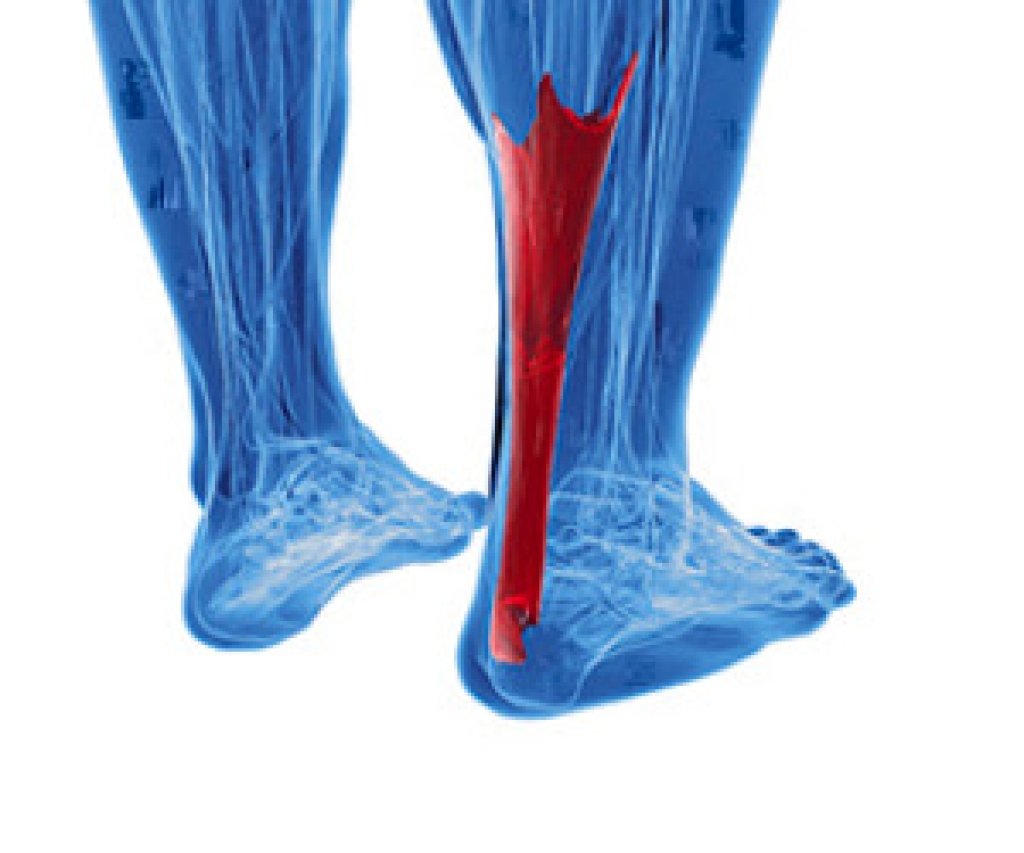
Charcot foot is a condition that causes weakened bones in the foot. This can occur in people who have significant nerve damage or neuropathy in the foot. Neuropathy decreases sensation and the ability to feel temperature, pain, or trauma. Because of this, a person with Charcot foot may continue walking and exacerbate the condition. The bones become weak enough to break, and if walking is continued, the foot will eventually change shape. As time goes on, the condition causes joints to collapse and the foot to take on an abnormal shape, like a rocker-bottom appearance. If one has this ailment, they will feel warmth in the affected foot, notice redness and swelling in the area, and experience pain or soreness. It is a serious condition that can lead to disability and even amputation. Those who have diabetes, a disease often associated with neuropathy, or those with a tight Achilles tendon are at more risk for developing Charcot foot and should take preventative measures. You should contact a podiatrist as soon as signs or symptoms appear, as successful treatment is dependent on early diagnosis.
Some foot conditions may require additional professional care. If you have any concerns, contact Ramin Nadjafi, DPM of Advanced Podiatry Group. Our doctor can provide the care you need to keep you pain-free and on your feet.
Rare Foot Conditions
The majority of foot conditions are common and can be treated by a podiatrist. Standard diagnostic procedures are generally used to identify specific conditions and treatment can be rendered. A podiatrist also treats rare foot conditions which can be difficult to diagnose and may need extra attention and care.
There are many rare foot conditions that can affect children. Some of these can include:
- Freiberg’s disease
- Kohler’s disease
- Maffucci syndrome
Freiberg’s disease - This can be seen as a deterioration and flattening of a metatarsal bone that exists in the ball of the foot. It typically affects pre-teen and teenage girls, but can affect anyone at any age. Symptoms that can accompany this can be swelling, stiffness, and the patient may limp.
Kohler’s disease - This often targets the bone in the arch of the foot and affects younger boys. It can lead to an interruption of the blood supply which ultimately can lead to bone deterioration. The patient may limp or experience tenderness, swelling, and redness.
Maffucci syndrome - This affects the long bones in a child’s foot leading to the development of abnormal bone lesions. They are benign growths and typically develop in early childhood and the bones may be susceptible to breaking.
A podiatrist can properly diagnose and treat all types of rare foot conditions. If your child is affected by any of these symptoms or conditions, please don’t hesitate to call our office so the correct treatment method can begin.
If you have any questions, please feel free to contact our office located in Orlando, FL . We offer the newest diagnostic and treatment technologies for all your foot care needs.




